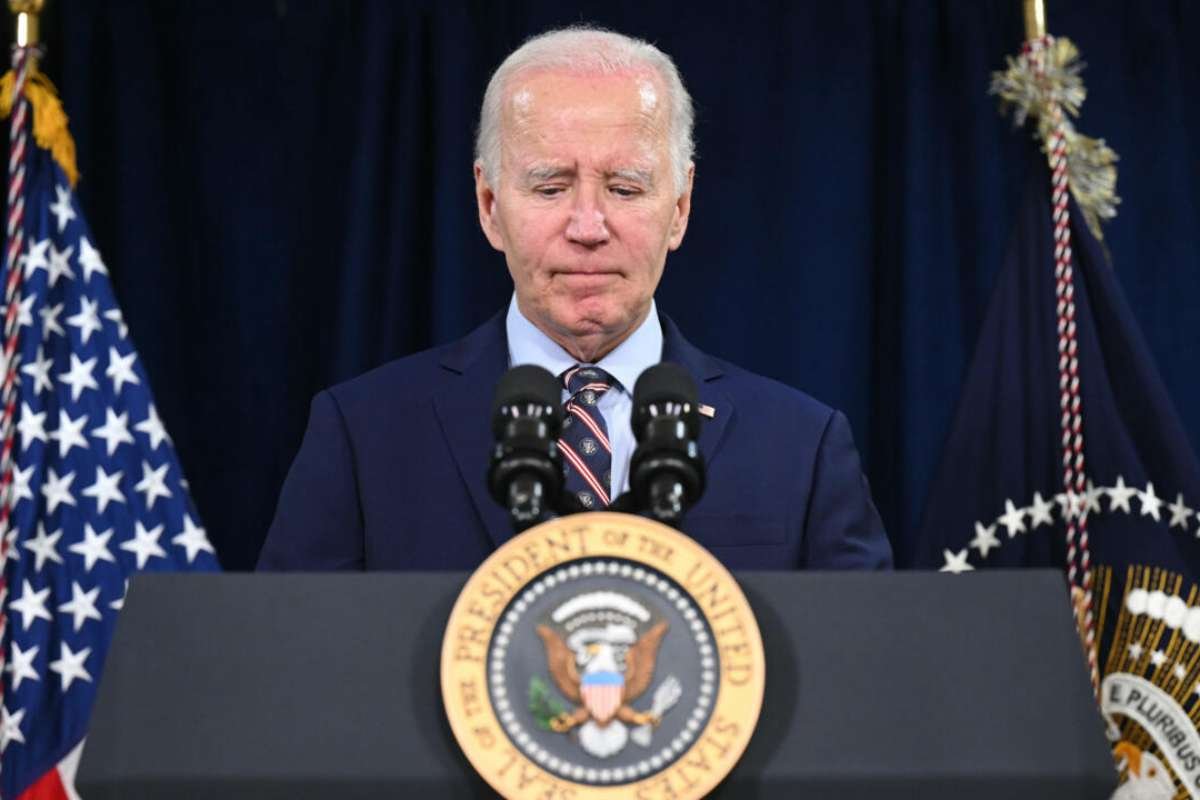In a concerted effort to stabilize plummeting oil prices, the coalition of oil-producing nations led by Saudi Arabia and Russia, known as OPEC Plus, revealed plans on Thursday for an additional 1 million barrel per day cut to daily production. This move comes in tandem with an extension of an earlier cut of equal magnitude that was set to expire. While not part of a binding agreement, the group stated that these supplementary cuts would be implemented on a voluntary basis by member nations, introducing an element of uncertainty regarding their long-term effectiveness.
Global economic challenges have prompted forecasters to warn
The Organization of the Petroleum Exporting Countries, or OPEC Plus, has taken this step in response to the recent drop in pump prices in the United States, averaging $3.25 for a gallon of regular, according to AAA. Global economic challenges have prompted forecasters to warn that without further production cuts, oil prices are likely to remain stagnant. Despite the coalition’s efforts to reduce output, analysts express skepticism about a significant rise in prices, especially considering ample inventories and increased production capacities in nations outside OPEC. The announcement of voluntary cuts contributed to a slight drop in the price of a barrel of Brent crude, falling below $83.
In a surprising development, OPEC Plus expanded its influence over global oil prices by welcoming Brazil as a new member. Despite being a potential partner for the United States in challenging the consortium’s control over prices, Brazil’s decision to align with OPEC is seen as a setback for the Biden administration. ClearView Energy Partners noted that the addition of Brazil could mark a significant market power victory for the producers’ group. Brazil is set to officially join OPEC Plus next year, according to a statement from the organization.
However, OPEC Plus faced internal challenges in reaching an agreement for voluntary cuts, with tensions among member nations delaying the initially planned Sunday meeting. While Saudi Arabia advocated for more substantial cuts, resistance from other consortium members necessitated additional time to reach a consensus. This delay contributed to a 4 percent drop in oil prices on Sunday.
Dampen forecasts for global demand
Externally, OPEC Plus encounters headwinds in its attempts to boost oil prices. Analysts report an unexpected surplus of oil in the market, driven in part by increased production in the United States. U.S. crude inventories have risen to 440 million barrels, a 20 million barrel increase from a month ago. Economic struggles in China further dampen forecasts for global demand, despite a return to pre-pandemic levels of road traffic and a surge in airline bookings.
After a brief spike to over $95 a barrel following a terrorist attack by Hamas on Israel in early October, the price of Brent crude quickly declined. Concerns about oversupply triggered a significant sell-off, causing Brent prices to dip below $80 a barrel earlier this month.
Gas prices in the United States have witnessed a continuous decline for ten consecutive weeks, as reported by GasBuddy, with the average price for a gallon of regular falling to $2.99 or less in 17 states.





